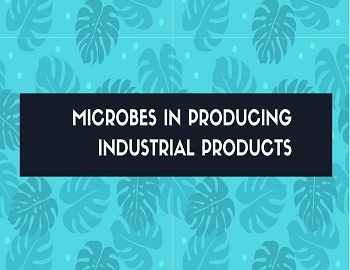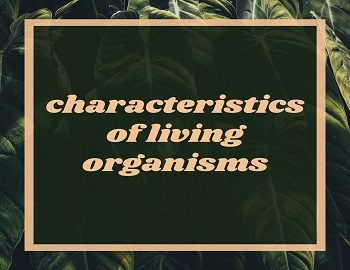Table of Contents
Beneficial activities of microbes in producing industrial products:
Microbes play a very important role in the industrial production of a number of products like alcoholic beverages and in medicines like antibiotics.
Alcohol Fermentation:
Next to water alcohol is the most common solvent and raw material used in the laboratory and chemical industry. Ethyl alcohol can be produced from any fermentable carbohydrate by yeasts. Corn, molasses, sugar beets, potatoes, and grapes are some of the common raw materials employed throughout the world. The selected strains of Saccharomyces cerevisiae are commonly employed for fermentation. The biochemical change accomplished by the yeast is as follows:

This fermentation process is used by brewers of malt beverages, distillers, bakers, winemakers, chemical manufacturers, homemakers, and many others. Depending upon the types of raw material used for fermentation and the type of processing, different types of alcoholic drinks are obtained. Wine and beer are produced without distillation whereas whisky, brandy, and rum are produced by distillation of the fermented broth.
Antibiotics:
The production of antibiotics by microbes had been one of the most significant discoveries of the twentieth century and it has contributed immensely towards human welfare.
Antibiotic is a chemical substance that is produced by certain microbes (bacteria and fungi) and can kill or inhibit the growth of other disease-causing microbes. Antibiotics prevent bacterial growth by either killing the bacteria or by making them inactive.
The antibiotic Penicillin is produced by a microscopic fungus Penicillium. It was discovered by Sir Alexander Flemming in 1928 and proved to be a wonder medicine during World War II.
He was studying the bacterium, Staphylococcus that causes throat infection in human. He noticed that one culture of this bacteria was contaminated with a fungus.
He noticed one culture and observed an interesting thing. He found that colonies of Staphylococcus that had immediately surrounded it, had been destroyed but other colonies further away from it were normal.
He further investigated and found that fungus, Penicillium notatum, produced a toxic substance that inhibited the growth of bacteria. He named this substance as Penicillin.
After penicillin, certain other antibiotics were also purified from other microbes. Some important ones are tetracyclines and chloramphenicol; streptomycin, etc. Nowadays antibiotics are used in the treatment of several deadly diseases, such as tuberculosis, diphtheria, whooping cough, leprosy, typhoid, pneumonia, and innumerable other diseases.
Baker’s Yeast:
In modern baking practice, pure cultures of selected strains of S.cerevisiae are mixed with bread dough to bring about desired changes in texture and flavor. The carbon dioxide produced during the fermentation is responsible for the leavening or rising of the dough.
Citric Acid Fermentation:
In recent years, the production of citric acid by yeast is gaining importance because of a variety of yeasts, such as Candida, Hansenula, etc. have been found to produce citric acid from carbohydrates and hydrocarbons. Citric acid is used in food, beverage, textile, pharmaceutical, and detergent industries. It is also increasingly used in the removal of toxic and corrosive gases in the air.
Enzyme Production:
Many moulds synthesize and secrete large quantities of enzymes into the surrounding medium. Aspergillus, Penicillium, Mucor, and Rhizopus are mainly used for enzyme production. Mould enzymes example- amylase, invertase, proteases, and pectinase are useful in processing and refining of a variety of materials.
Chemicals, Enzymes and other Bioactive Molecules:
Microbes produce certain chemicals like organic acids, alcohols, and enzymes. Examples of acid producers are Aspergillus niger (fungus) of citric acid, Acetobacter aceti (a bacterium) of acetic acid; Clostridium butylicum (a bacterium) of butyric acid, and Lactobacillus (a bacterium) of lactic acid. Microbes are also used for the production of enzymes. Lipases are used in detergent formulations and streptokinase produced by the bacterium streptococcus is used as a ‘clot buster’ for removing clots from the blood vessels of patients. Fungus-Trichoderma polysporum produces cyclosporin A that is used as an immunosuppressive agent in organ-transplant patients.









Comments (No)